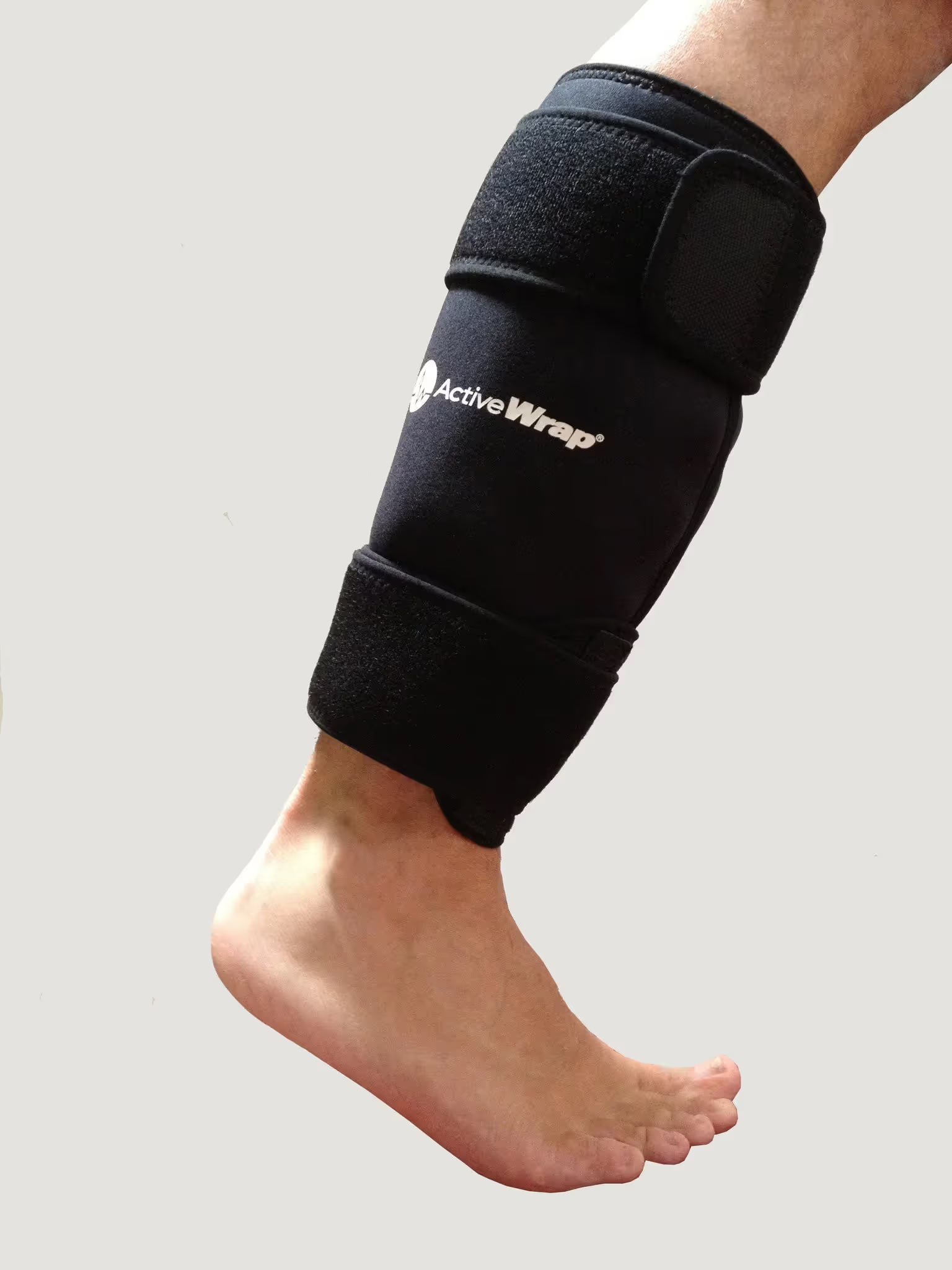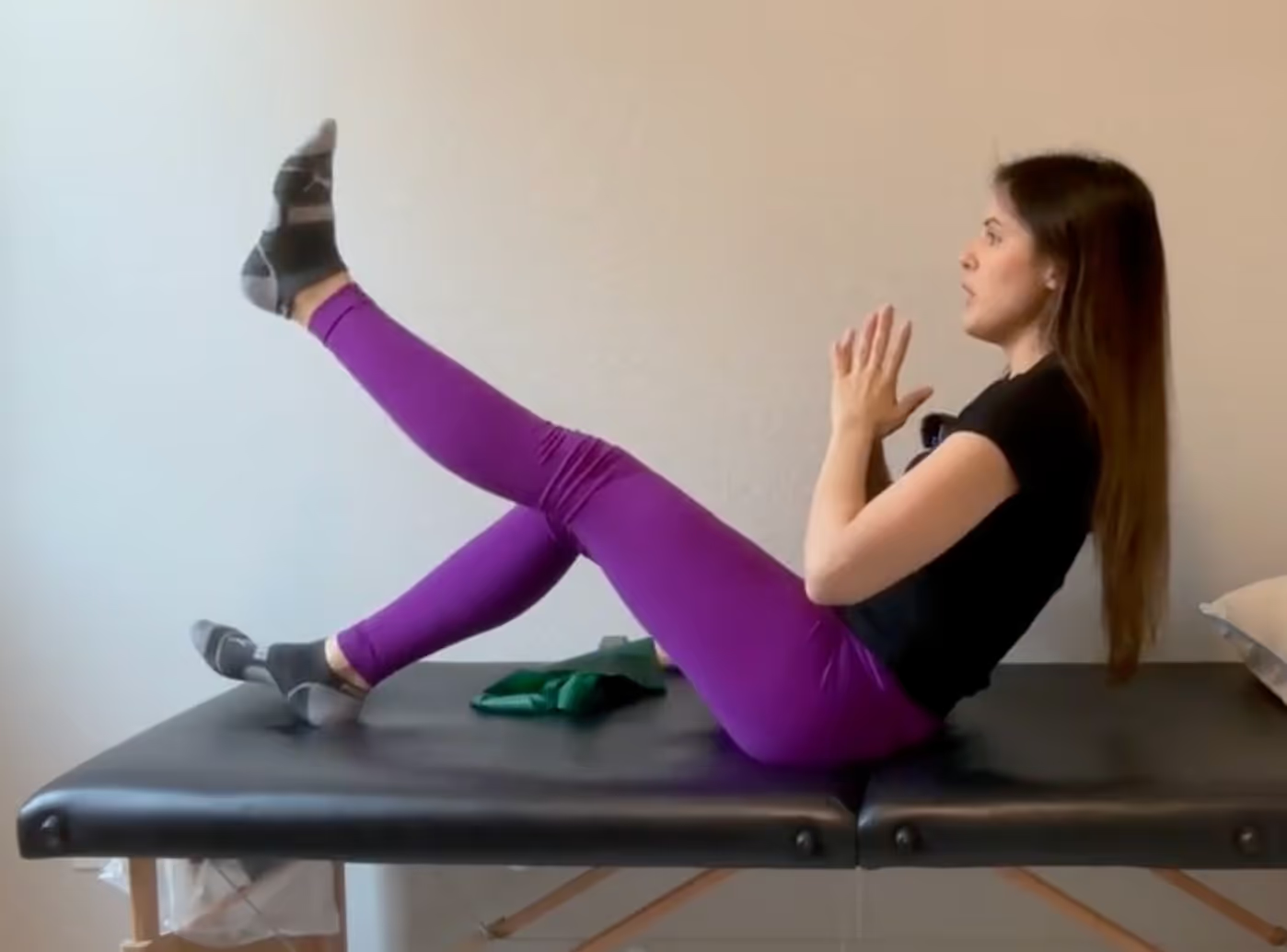Over 1 million people will have a knee replacement surgery (AKA knee arthroplasty) every year with the average age around 60 years old. A knee replacement surgery is an effective way to treat knee osteoarthritis, severe pain in the knee joint, which all lead to difficulty with daily activities. The rehabilitation process after a knee replacement can take 9-16 months to complete, depending on the person. Pre educated patients will have better outcomes and a better patient satisfaction rate post surgery. Most people will have swelling up to 1 year post surgery that will cause mild discomfort and increased stiffness in the knee. However, by 6-8 weeks post surgery, you should be able to bend your knee with or without help from your Physical Therapist.
Most people chose to have the knee replacement surgery to improve their quality of life and return to activities that they enjoy. Whether that is returning to daily activities without pain, walking the dog, gardening, skiing or hiking. After surgery, you should be able to return to whichever activity you want (within reason)- unless you have been specifically instructed by your orthopedic surgeon or Physical Therapist not to do certain activities. In this case, you should know exactly why and discussed this in detail.
Kneeling is a common part of living. We need to kneel to clean the floor, reach for things on the floor, to play with grandkids, to fix our car, to garden and the list goes on. Kneeling after a knee replacement is absolutely possible and safe. Starting a kneeling program can help you kneel with less pain.

Kneeling
If you want to return to kneeling after surgery, there a couple things you should be aware of beforehand.
During the total knee replacement surgery, the femur (leg bone) and tibia (shin bone) is cut and replaced with metal. However, most people don't realize that the underside of the patella (knee cap) has also been replaced. Generally, the underside of the knee cap is arthritic. It has been worn down just like the knee. When this happens, the orthopedic surgeon will replace the underside of the knee cap with a piece of hardy plastic. That piece of plastic is cemented on and will last you 10-20 years just like the metal that was replaced.
During a partial knee replacement surgery, the orthopaedic surgeons will only replaced one side of the knee joint so there are less discomforts with kneeling after knee replacement surgery. There is also rarely a refacing of the patella completed during the partial knee replacement surgery.

Now that you understand the new anatomy of your replaced knee, you can now understand the reasoning behind why there has been increased caution behind kneeling on your operated knee. Let’s review some kneeling kinematics after a total knee arthroplasty.
In the kneeling position, you put pressure on the patella and the front of the tibia. There has been talk that kneeling on the patella could damage the plastic replacement that has been cemented. Remember, with a total knee replacement, the underside of the knee cap has been replaced. Another concern is that the tibia could shift backwards on the metal implant. If you can imagine, when you kneel you are putting pressure on the shin bone (tibia) pushing it back. However, it is highly unlikely to have any loosening of the cemented material after a total knee replacement. Also, it is very unlikely to damage the plastic patella from kneeling. The only sure why we know that damages the patella is falling on the knees. Again, with a partial knee replacement there is no concern regarding the patellar resurfacing, but we do have concern with the tibial component.
Changing the way you kneel will be very beneficial for your comfort levels and for the health of your knee prosthesis, specifically the knee cap. When you kneel, you want to put the pressure on the bottom of your knee near the shin bone - do not kneel on the knee cap. Kneeling after knee replacement is possible!
Reasons Kneeling after a Knee Replacement is Uncomfortable
- numbness at front of knee
- incision discomfort
- lack of knee range of motion (specifically, knee flexion/bending)
- Swelling
- nerve pain and irritation
These factors preventing kneeling cause extreme discomfort and difficulty kneeling. However, most knee replacement patients will kneel on the new knee joint replacement one time and say “oh no, that hurts. I can't do that!” but the truth is, you can train your knee to tolerate the kneeling!
Patients that avoid kneeling after knee replacement surgery have the poorest patient rated outcome because they can’t return to what they love to do. Most patients have undergone a total knee replacement to return to the activities they miss doing. We didn’t do this knee surgery for nothing!
Patients that restore knee function prior to kneeling after total knee replacement have improved outcomes and satisfaction. Patients with more range of motion are able to kneel with less discomfort and knee pain. To improve your range of motion, please make sure you are doing your physical therapy exercises and stretches.
Lastly, patients reporting difficulty kneeling have not completed a kneeling desensitization program. Even after several knee replacement surgeries, kneeling ability is still possibly.
Fear of Kneeling
Many people have read online or have been told by an unqualified healthcare provider not to kneel on their knee replacement. Having this information can cause the fear of kneeling or the fear of damaging the replacement. Generally, there is some discomfort when you kneel on your replacement, but this discomfort does not necessarily correlate to tissue damage.
Patients self reported ability of kneeling after knee replacement is poor due to lack of education and proper instruction from their physical therapist or orthopaedic surgeons.
There is no evidence that says kneeling is going to damage your replaced knee.
How to Kneel on Your Replaced Knee
Starting a desensitization process around 6 weeks post-op is generally acceptable. You need to have approximately 90-100 degrees of knee flexion range of motion to complete this program.
Week 1: Kneel on the couch with a pillow under your knee. Kneel for 2-5 seconds for 3 minute. Repeat 2x per day.
Week 2: Kneel on couch without pillow under your knee. Kneel for 3 minutes. Repeat 2x per day.
Week 3: Kneel on couch cushion on ground. Kneel for 5 minutes. Repeat 2x per
Week 4: Kneel on floor with pillow under the knee. Kneel for 5 minutes. Repeat 2x per day.
Week 5: Knee on floor with towel under knee. Kneel for 5 minutes. Repeat 2x per day.
Week 6-7: Kneel on carpeted floor without pillow. Kneel 5 minutes. Repeat 2x per day.
The goal is to slowly increase the amount of time you are kneeling and change the surfaces from soft to hard. Everyone will progress through this kneeling program different. For instance, you might find week 1 very easy and only spend a few days in that phase. Or on the other hand, you may find you need more time in week 1. Do not rush through the program, but also progress yourself as needed. If you need to go back to a less intensive week, that is also okay. Some days you might have more discomfort than other causing you to not progress as you’d like. Be patient with your progress. As always, please consult your Physical Therapist or surgeon for more information.

.avif)









